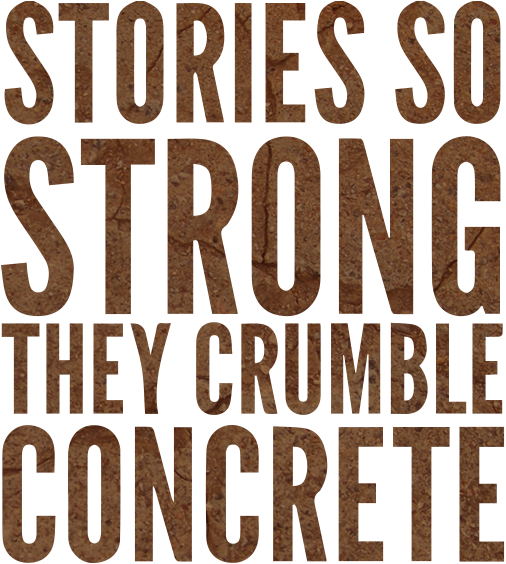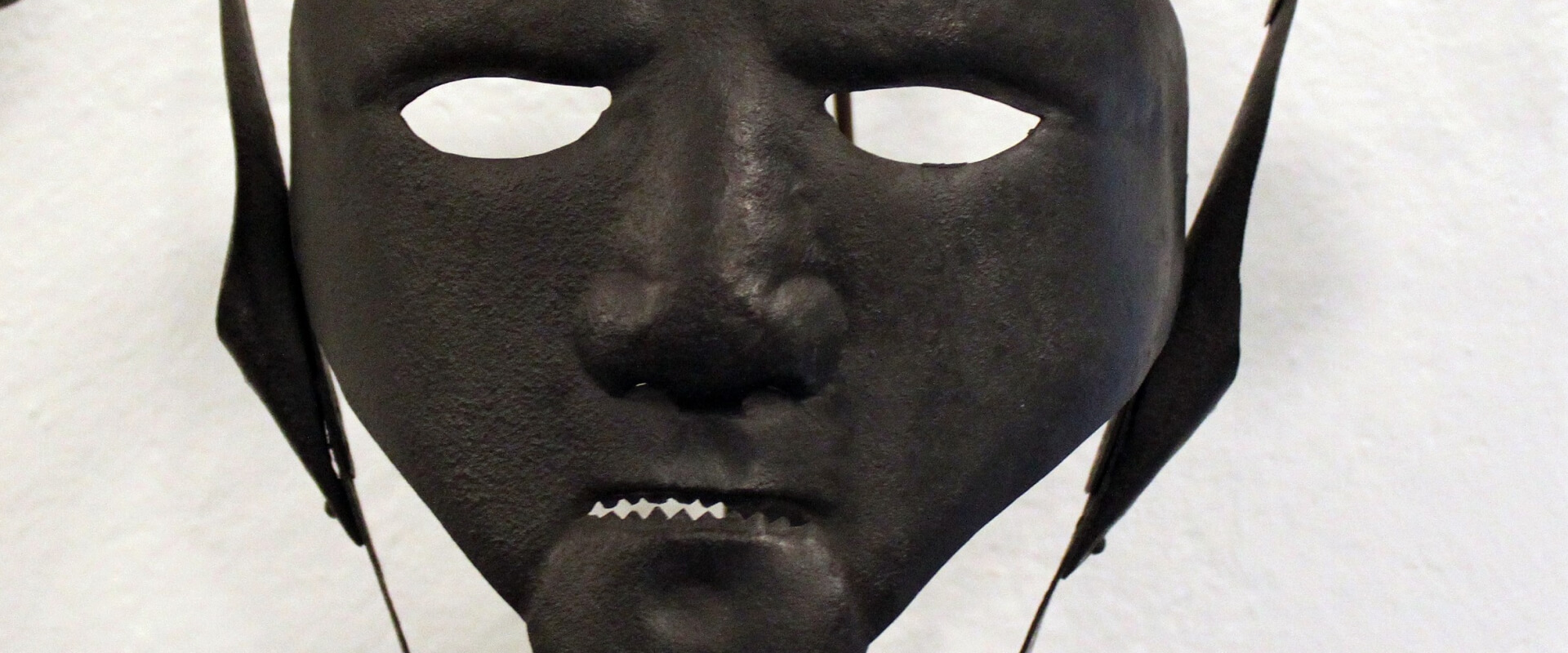Activism and Social Justice: Inside and Outside
Also known as a “branks,” the scold’s bridle emerged as form of punishment in 16th century Scotland and 17th century England. This device consisted of an iron muzzle for the head. It also included an iron plate projecting into the mouth and pressing down on top of the tongue. Often, the plate was studded with spikes.
The scold’s bridle was intended to, quite literally, afflict voicelessness upon lower class women convicted of such offenses as witchcraft, abusive language, and breaches of the peace.
In the following words, Jenni Fagan examines the connections between the scold’s bridle and contemporary incarceration practices that deny women in prison the right to speak. She not only reveals that conditions faced by incarcerated women in the UK and US today mirror the torture endured by women in early modern Europe, but also illustrates the potential for change.
To begin this journey, the artist employed techniques introduced to the mainstream by the punk rock movement. A common punk proverb was ‘Learn three chords, now go and start a band.’ Hegel’s Philosophy of History is pertinent to how the artist learned three chords. First she had an idea. Hegel believed you could change things through ideas. He was an idealist. The artist’s idea was to build a scold’s bridle and subvert its historical symbolic meaning by adorning it with words written by women in prison. The artist had learned her three chords by having an idea; now she had to start a band.
This Scold's Bridle seeks to create a dialogue between dominant notions about women in prison and the uncensored voices of women who actually have been incarcerated. Whereas some bands work as dictatorships, the Scold's Bridlge can only be successful as a democracy. The artist is not, and never has been, a woman in prison. The artist was, however, a long-term youth offender. She has extensive and direct experience with how society dehumanizes certain peripherial social groups by making them part of a homogenous subaltern. The artist's personal reasons for building this Scold's Bridle garnered participation from incarcerated women.
The artist began thinking by buying three metres of 2mm gauge aluminum, metal cutters, and a small engraver. The artist was unconcerned by her minimal art skills with metalwork. Punk culture epitomized the Do-It-Yourself ethic, as does much prison art. The artist emulated the prison artwork approach, as taught by a close friend who was incarcerated for eighteen years. Prison art is made with any available resources and learned simply by doing. Stunning artwork has been produced in prison with little more than a biro. The artist combined the ethos of prison and punk as the founding principle of her approach.
The artist spent countless hours doing and thinking whilst teaching herself metalwork. Drilling, cutting, engraving, sanding, bending, gluing, bolting, and riveting were all parts of the process. The original engraved words did not stand out enough and it looked too new. The artist bleached it, put acid on it, and set it on fire to try to age the metal. The effect was not enough to make the words very clear and the entire sculpture was too square and industrial looking. The artist sanded the metal repeatedly to create curves. She re-engraved each word, but they were still not bold enough.
Finally the artist decided to take a chance, and painted the entire sculpture black. Through this paint, the engraved words are raised, like a kind of palimpsest if you study it closely. The words are painted in silver, in an ornate clear, concise, direct design. She then used actual art and words sent in on paper by women in HMP Bronzefield to make a loudspeaker for the Scold’s Bridle mouth. Inside the loudspeaker she painted words that had been repeatedly mentioned by women in prison throughout the project. At the back of this mouthpiece she placed three sharp,silver stakes to show where a woman’s tongue would have been cut had she tried to speak wearing an original scold’s bridle. The artwork took three months to complete.




